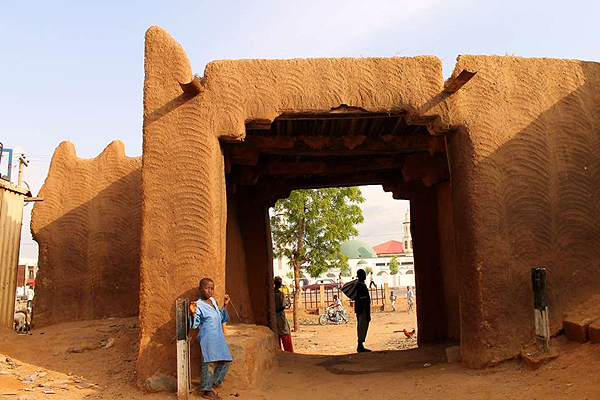 Nigeria’s second largest city and its most ancient, Kano, is suffering so much from rapid development that its essential history and culture is threatened.
Nigeria’s second largest city and its most ancient, Kano, is suffering so much from rapid development that its essential history and culture is threatened.
All of Africa is developing rapidly. I can’t remind my American friends enough how quickly we’re being left behind by multitudes of foreign societies dedicated to infrastructure expansion and cultural well-being. A perfect example of this is Kano but it’s only worthy of celebration if you don’t mind losing a millennia of history.
A thousand years ago the center of the “modern” worlds of literature and science was the Arab world. Europe was entering its depressing Dark Ages following the collapse of the world’s until then greatest civilization, the Roman Empire. Arabia was moving in exactly the opposite direction.
Kano was a major metropolis in the Arabian universe. With a population a thousand years ago of nearly 50,000 people and a position in the known universe at that time at the edge of civilization, Kano was one of the most important societies on earth.
But being on the edge of the desert was like being on the edge of a flat earth. Not far outside this southern-most civilized hub was the lawless and often ruthless world of the nomadic warrior, yesterday’s terrorist.
Kano protected itself for centuries by building walls. Although mud walls they were fortified by the science of the day both architecturally and chemically. The walls were 30 to 50′ high and often 40′ thick! Being in the desert, the erosion by rain was minimal. The incessant simoom, a hot dusty wind that relentlessly blows off the desert, actually fortified the walls for centuries.
When I visited Kano in the 1980s, the walls were a principle attraction. Today they are hard to find. So even though a thousand years of nature could not destroy these historical masterpieces, just a few years of development might.
“These great walls which were built in the 11th century are under threat as a result of human encroachment and collapse,” writes one Nigerian.
The city is growing so quickly that the walls are being felled by developers, road builders and for new factories.
Most residents don’t seem to care.
“I moved here because it has more space,” one business entrepreneur told Al-Jazeera. The space he moved into it had been cleared of a wall.
“I wanted to expand my business and this was the best place in the city. I want to expand the business further and this place gives me that.”
In 2007 scholars from Kano appealed to UNESCO to make the Kano Walls a World Heritage Site. When UNESCO decrees something a World Heritage Site it assumes a considerable amount of the cost of continued preservation.
These earnest Kano citizens haven’t given up, but their annual requests have grown increasingly futile. The amount of the walls that remain standing today is unfortunately less than half of what was standing in 2007 and only a fraction of what I saw.
You can’t deny the present’s enthusiasm for the future. Africans are so proud of their rapid development, especially when compared for example to the stagnation in American society, that it becomes almost sacrilegious to suggest some effort be diverted to preserving the past.
But Kano’s past was not a fleeting moment. It was perhaps a millennia of greatness. Surely there are immortal lessons to be retrieved and saved from the depths of its walls.